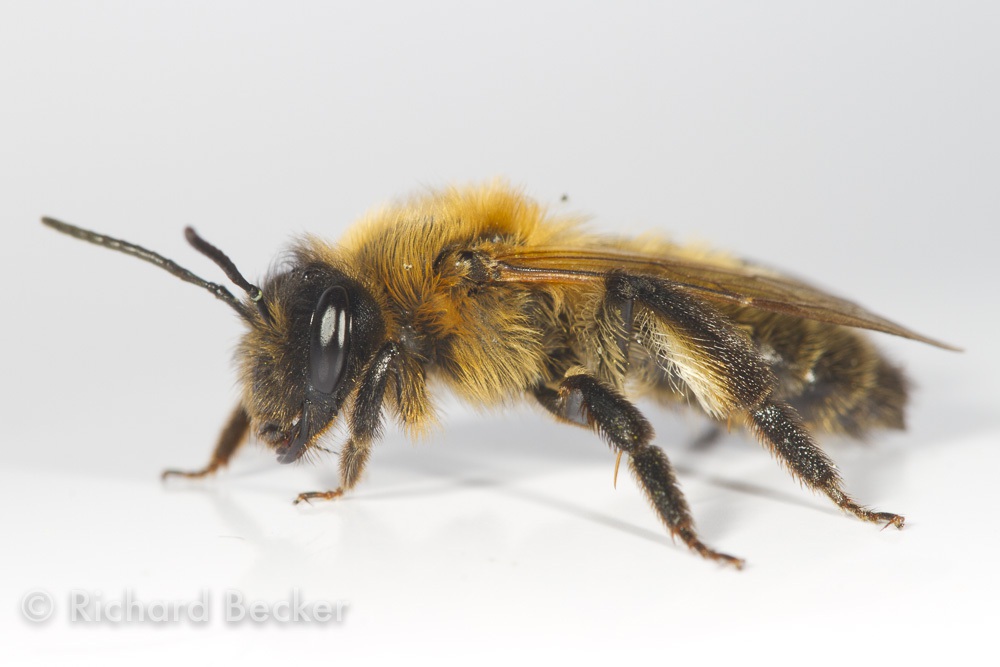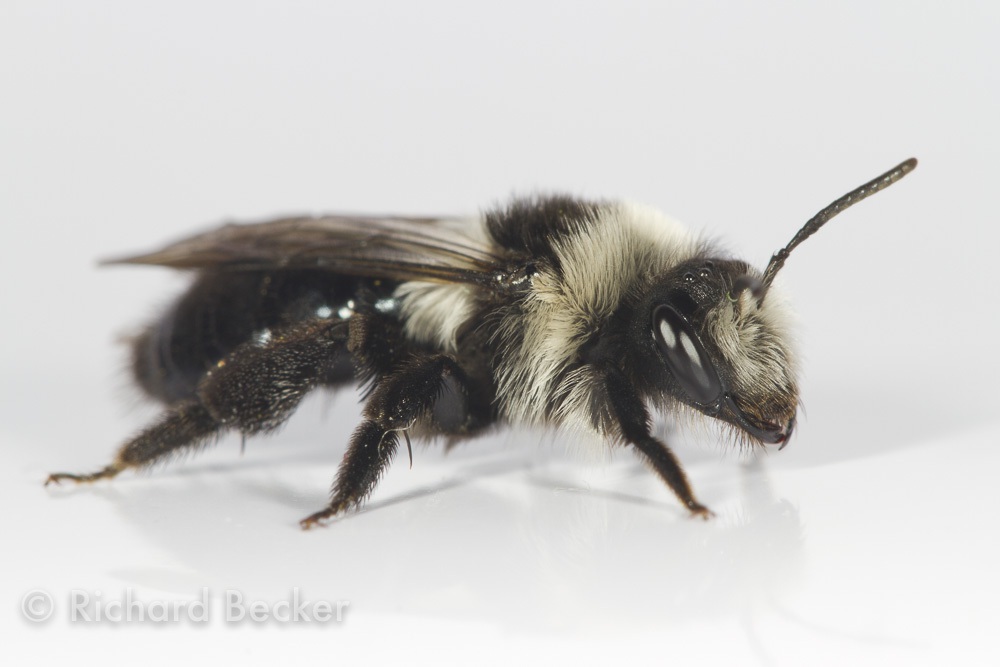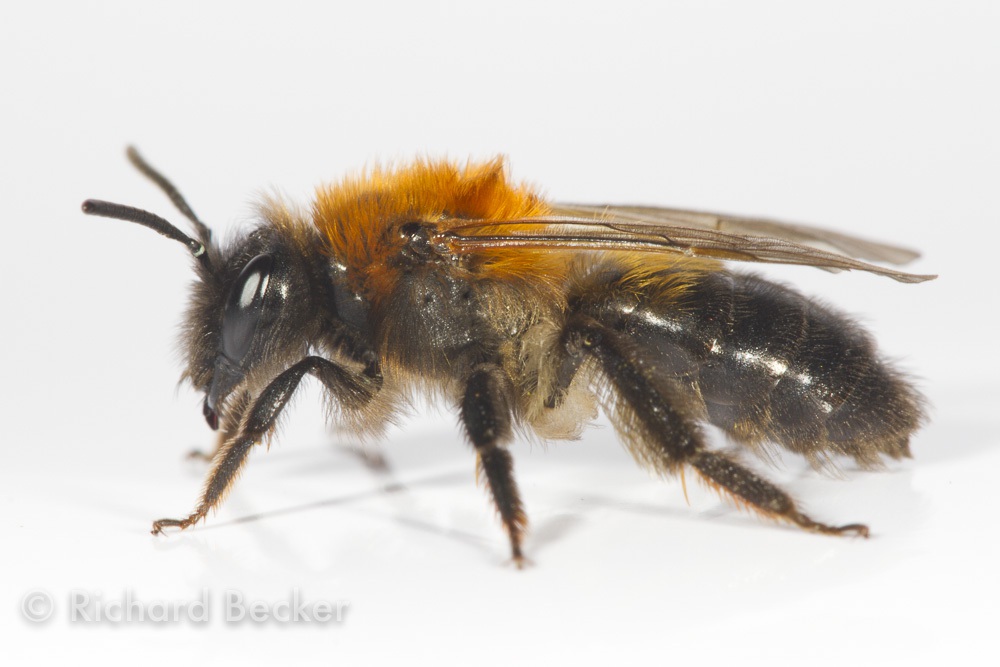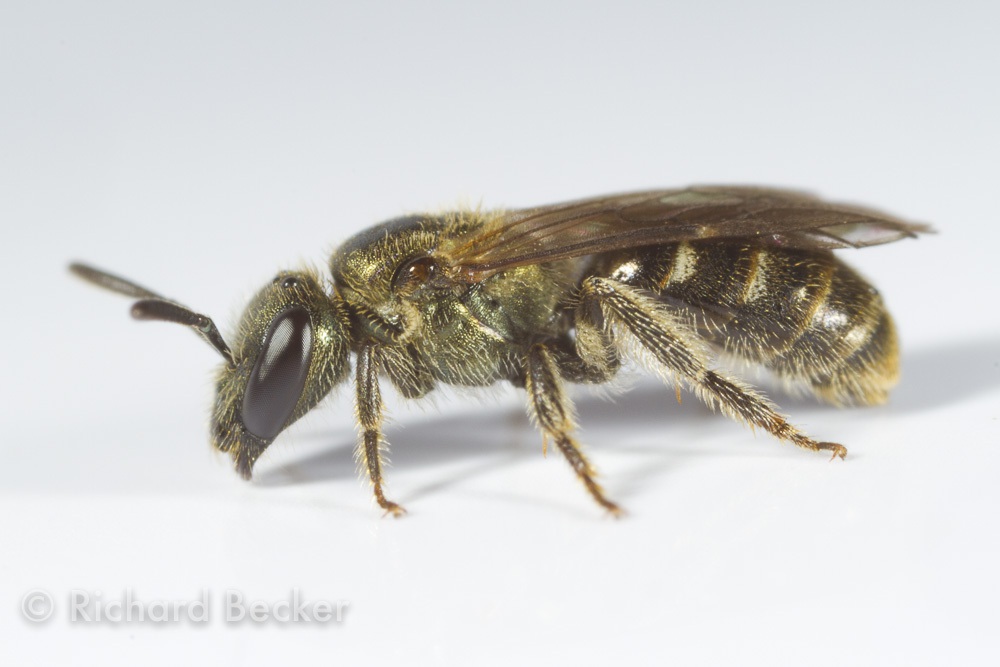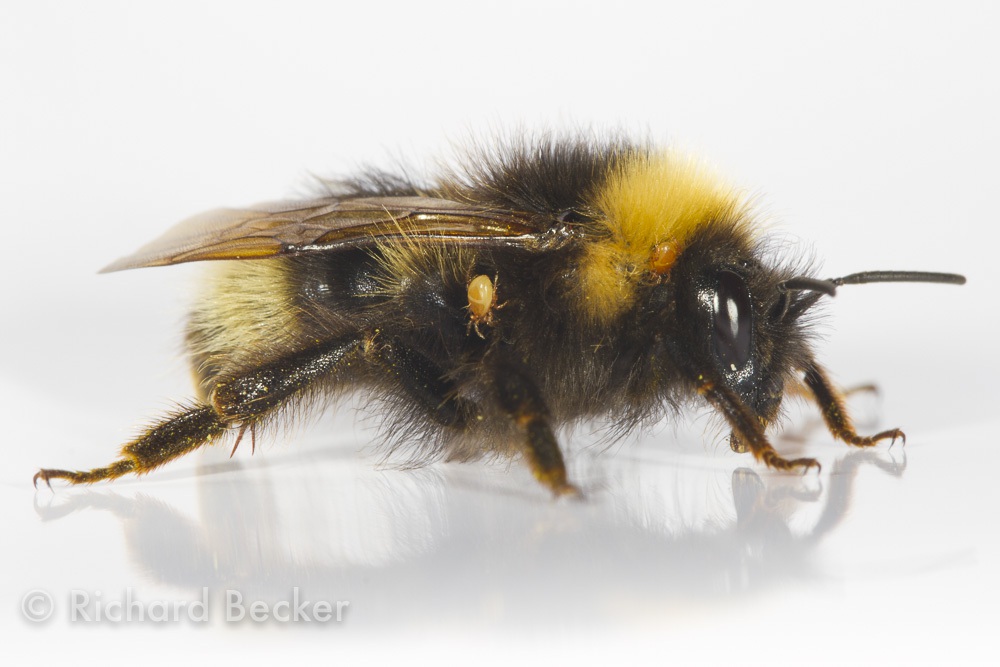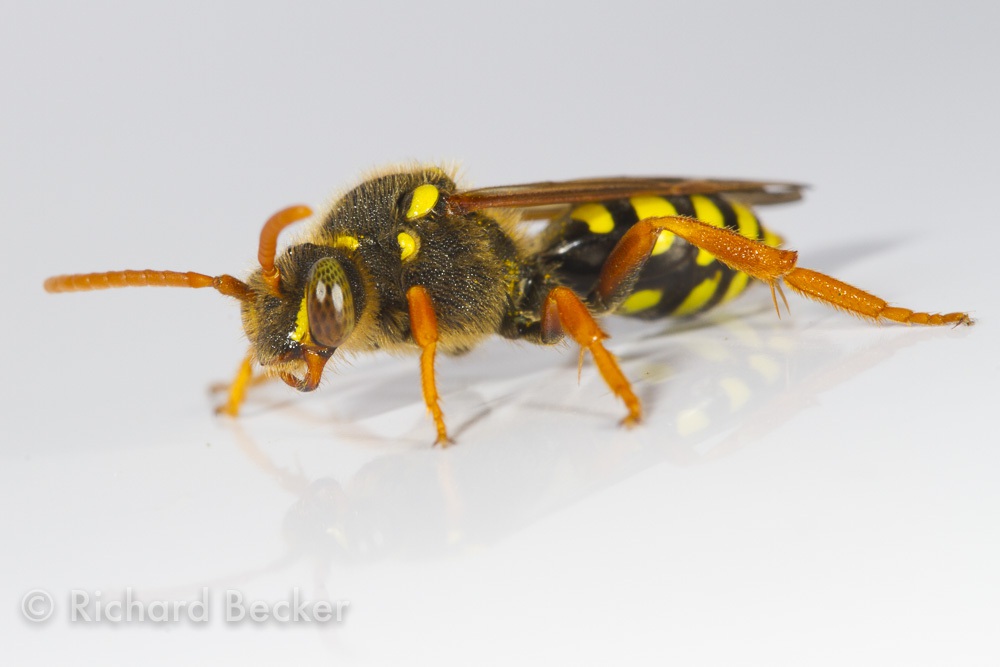11 May 2018
We have two polytunnels which we use for growing tomatoes and other fruit and vegetables, bumblebees and solitaries enter and leave through the doors and pollinate the flowers, sometimes they nest inside the tunnels. However at times the tunnels act like giant Malaise traps and insects find it difficult to find their way out, going up to the roof where in particularly hot weather they can desiccate and die. On cooler or more cloudy days they seem more able to come back down from the roof and find their way out or onto the flowers. I assume that once inside and finding it too hot they fly upwards seeking cooler air, but instead become trapped along with the very hot air against the ridge of the tunnel.
The insides of the tunnel became very hot over the bank holiday weekend and I rescued a large number of bees (and other insects) which were becoming overheated in the space above the doors. Some of these must have flown in though others were probably emerging from nests within the tunnel as both males and females were there. I released many straight away outside but some of each species I potted and rehydrated with damp tissue before taking photographs of those that would stay on a white background.
